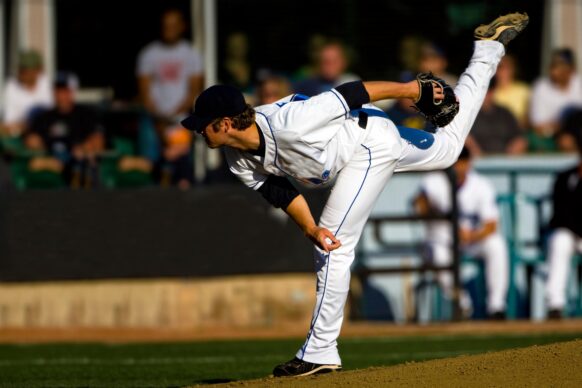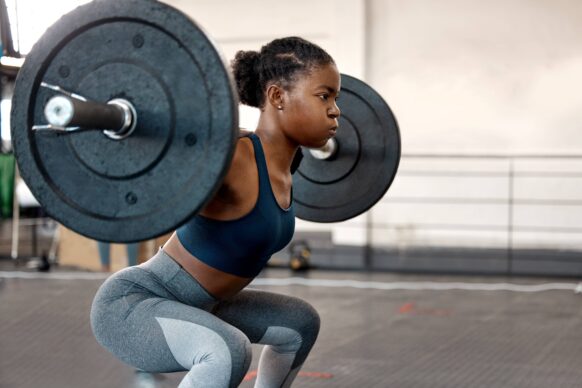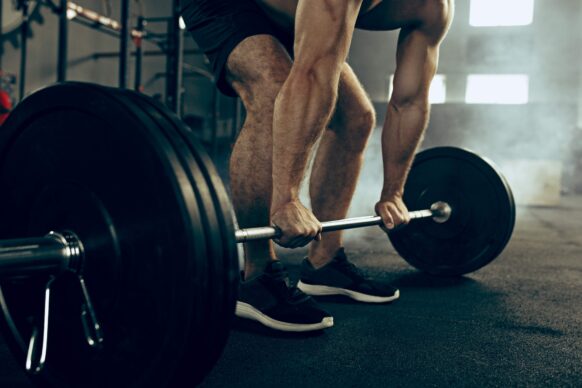by Natalie Devine, PT, DPT, CSCS
Many of us are familiar with the sports of lacrosse, baseball and golf this time of year as professional, high school and club teams are in full swing – quite literally! These sports all require a significant amount of rotation and rotational force to be produced from the athlete. It’s essential to have the appropriate mobility, control and power to allow for optimal transmission of forces from the lower body/extremities to upper body. These fundamentals are essential to not only prevent injury, but to optimize performance.
Although not an all-encompassing list, below are some of the essential movements and patterns I assess in the rotational athlete:
1. Mobility/range of motion
- Thoracic spine
- Lumbar spine
- Pelvis
- Hips
- Shoulders
2. Stability
- Hips
- Core
3. Neuromuscular control
- Hips
- Core
4. Strength/muscle power
- Hips
- Core
- Upper extremity
5. Movement patterns
- Rolling
A deficit commonly seen among rotational athletes is the inability to dissociate movements from the spine, pelvis and hips. Check out the video below for some of my go-to exercises to address this common problem and to facilitate mobility and motor control in the rotational athlete.
Lumbo-pelvic-hip complex dissociation: this first exercise demonstrated forces the athlete to rotate the pelvis/hips while maintaining stability through the lumbar spine (low back).
Rolling (lower body and upper body): the lower and upper body rolling patterns are used to increase dynamic stability and improve the connection between upper and lower body segments.
T-spine rotation with rib grab: this is a stretch that you can perform yourself to increase range of motion through the thoracic spine as well as improve mobility of your hips and shoulders.
Stay healthy and playing the sport you love this spring and summer! If you’re experiencing any pain, restricted mobility or want to expand your exercise program, please reach out for a consultation with a physical therapist.




